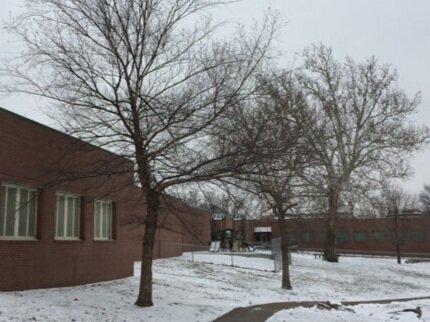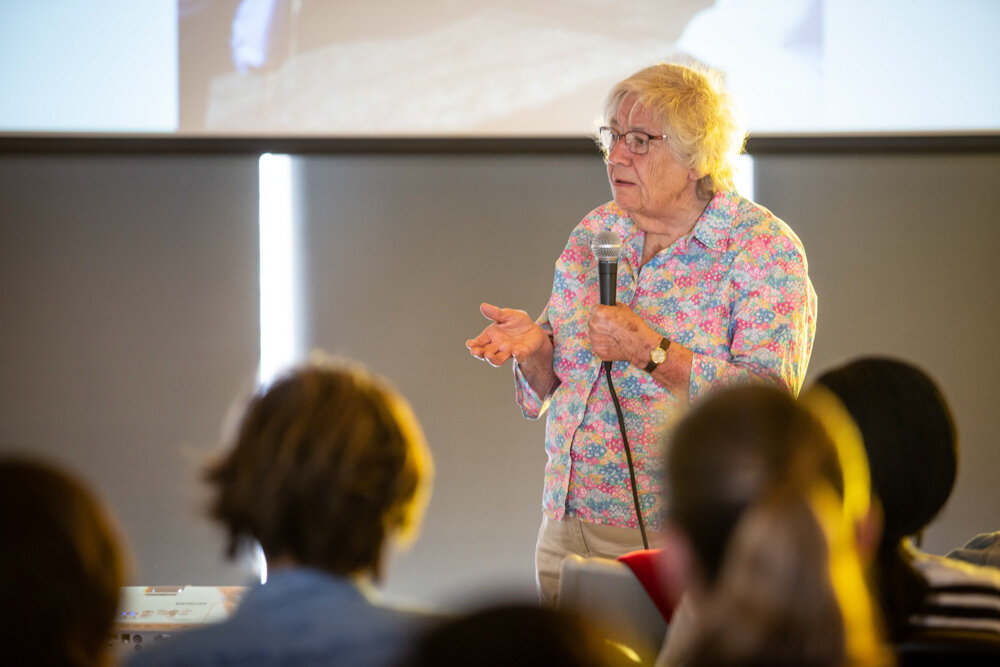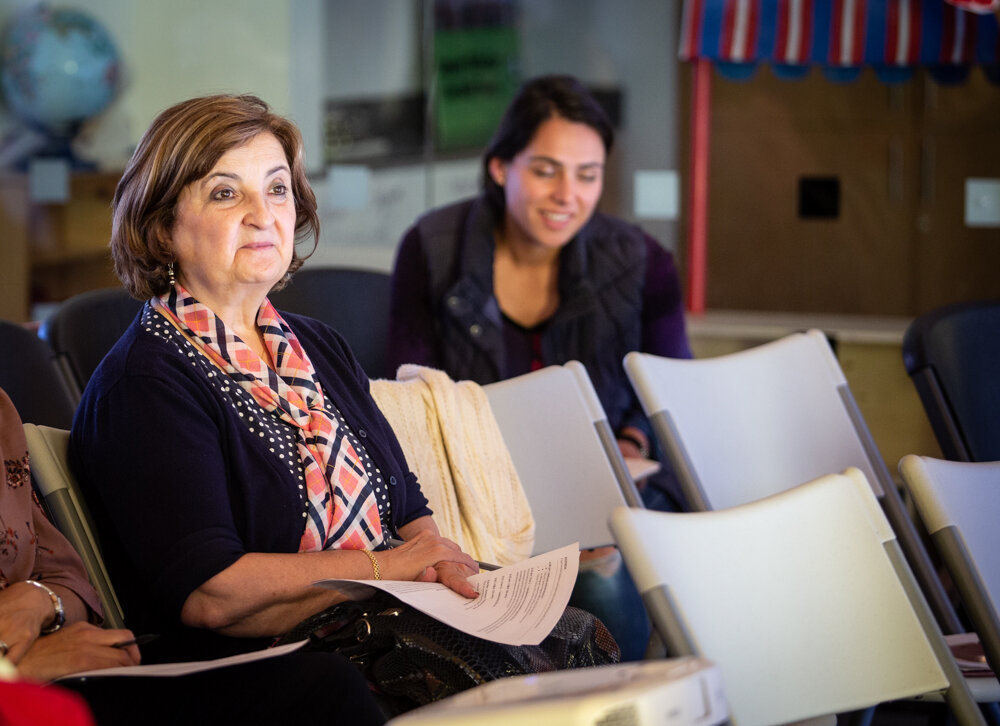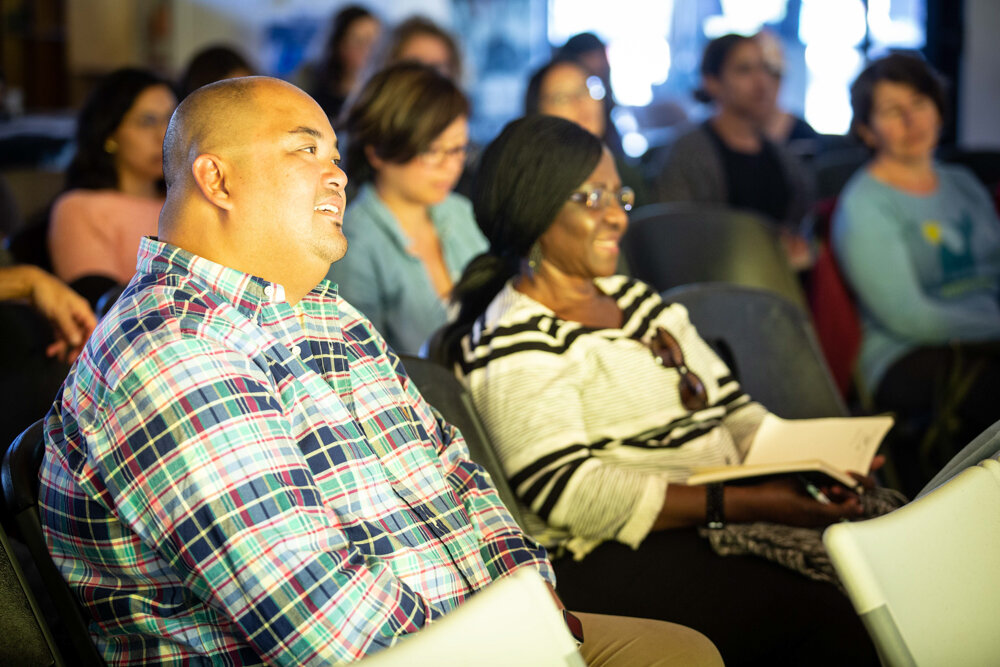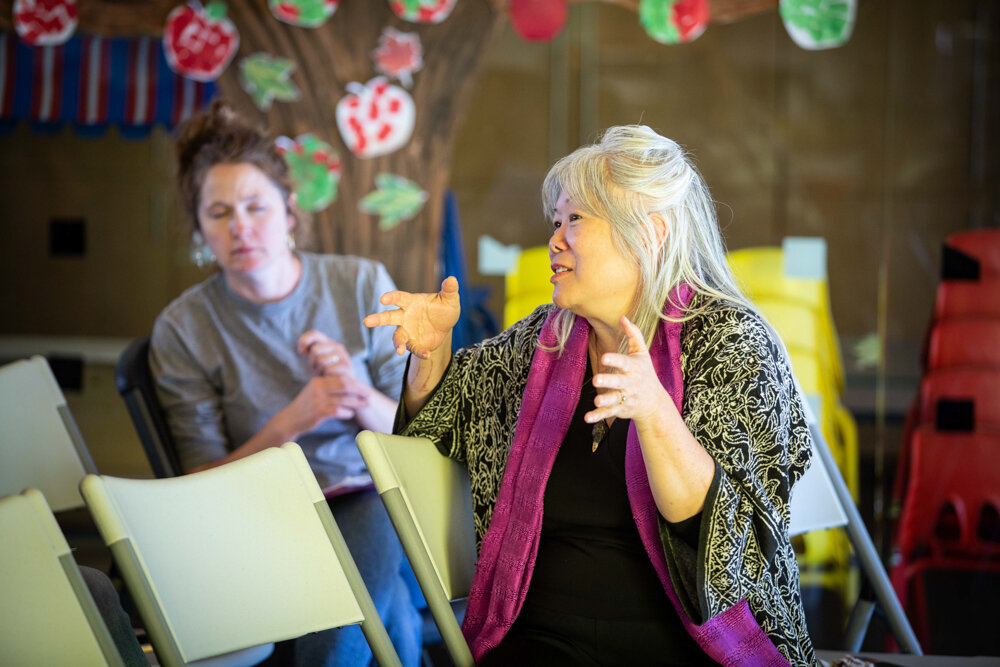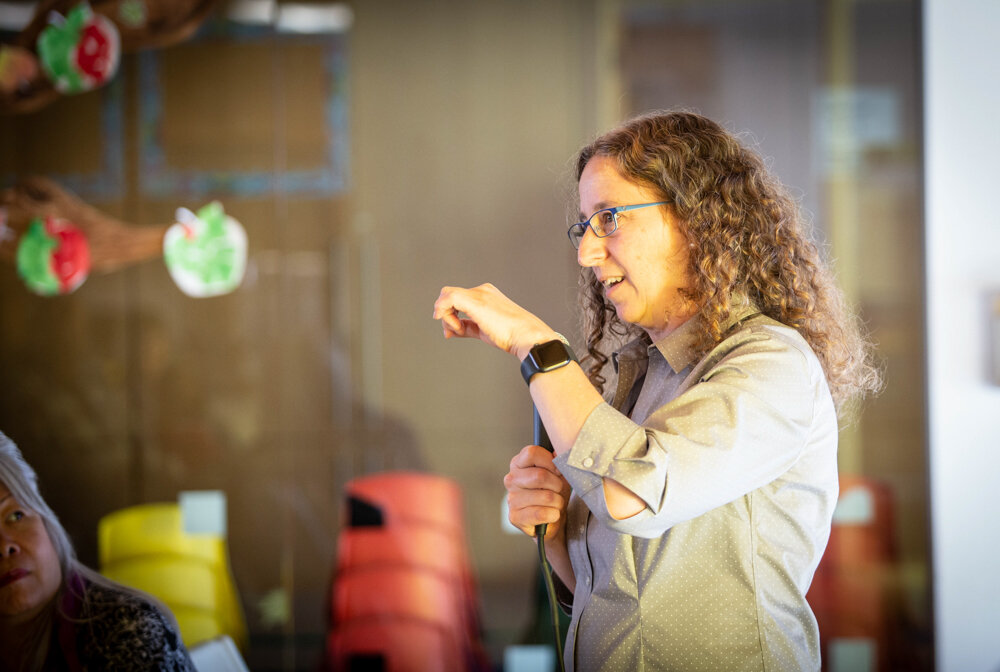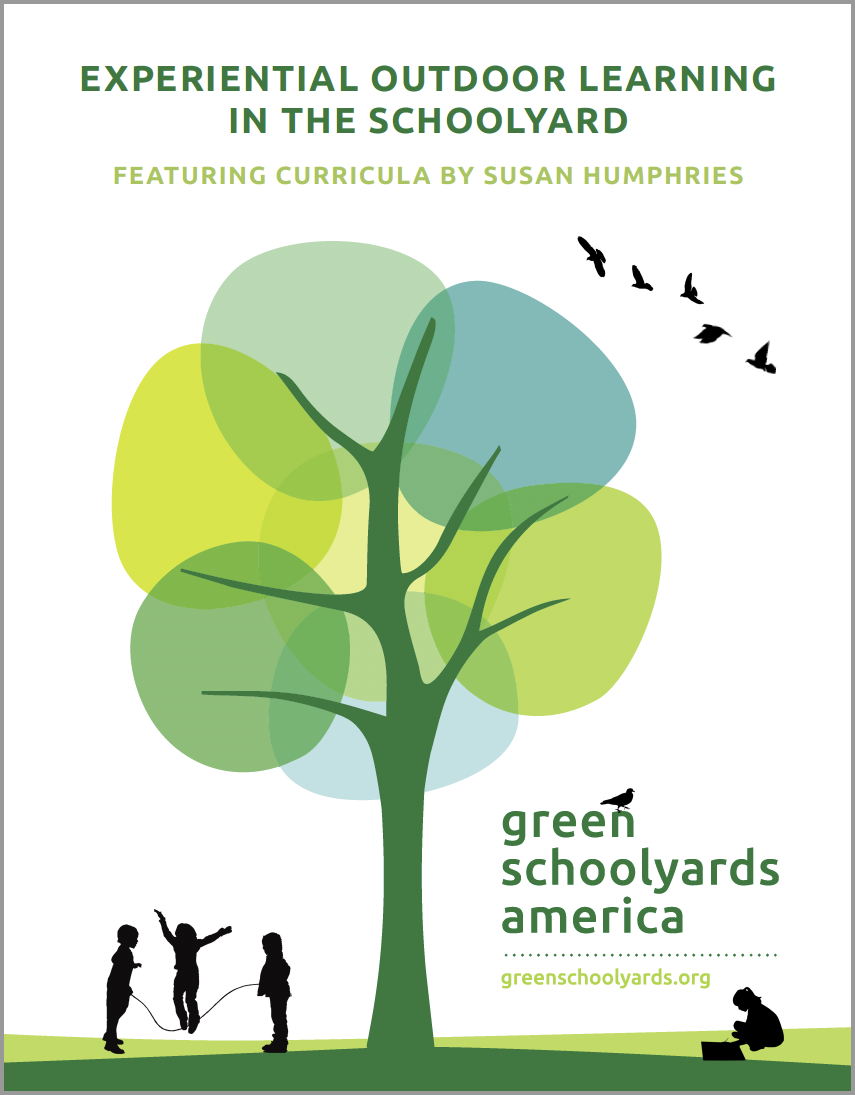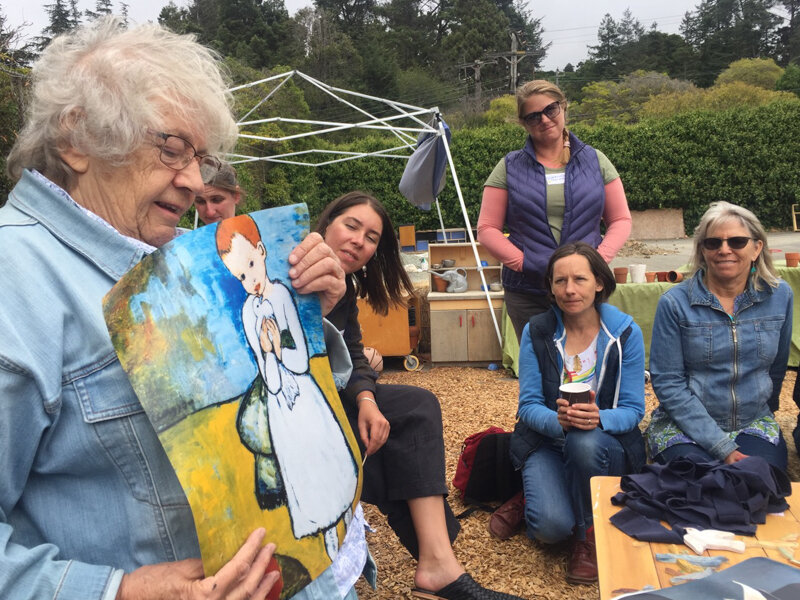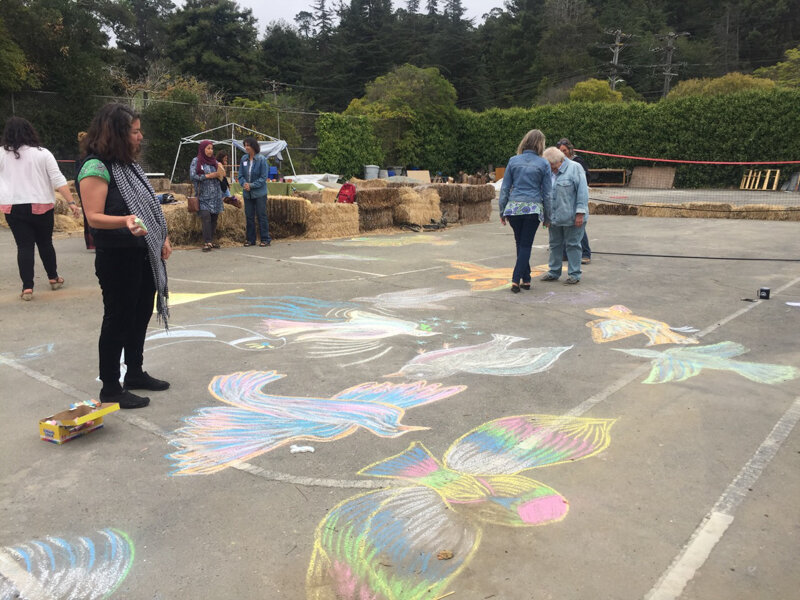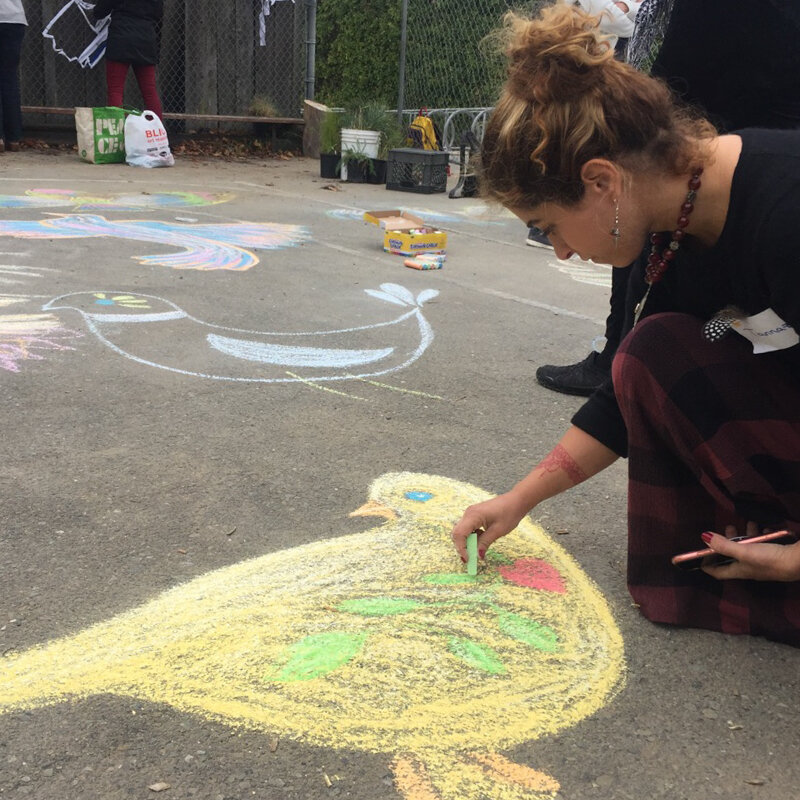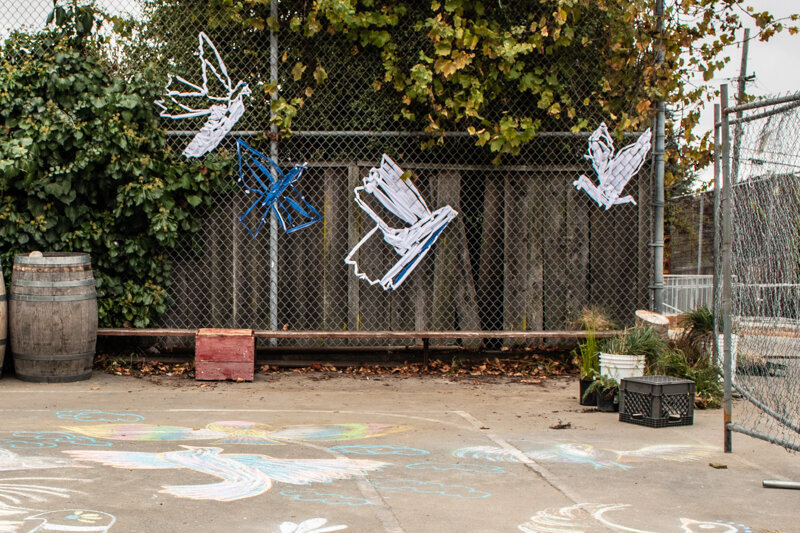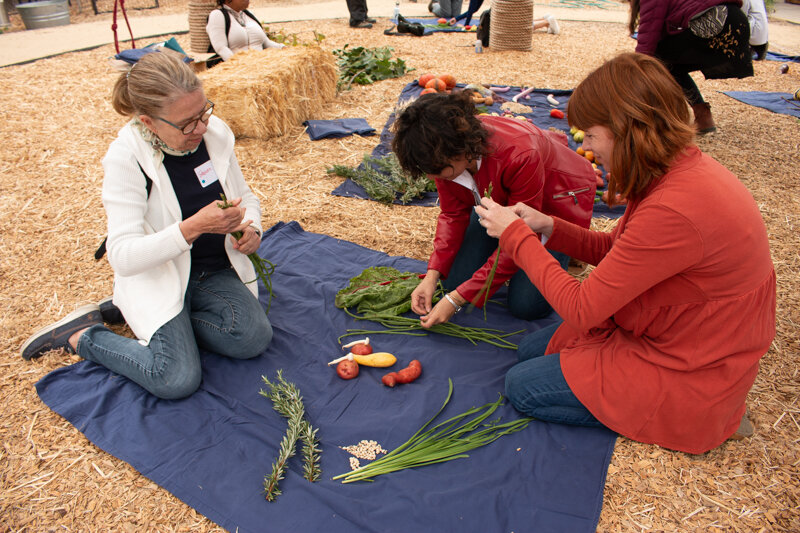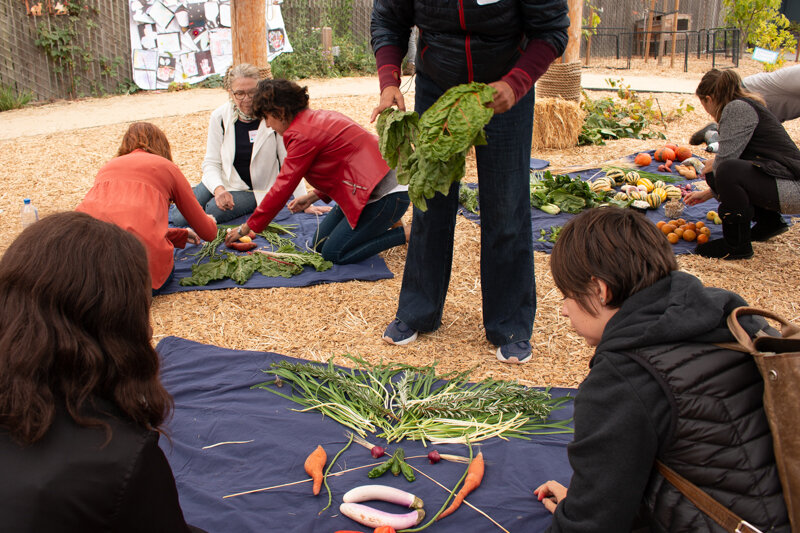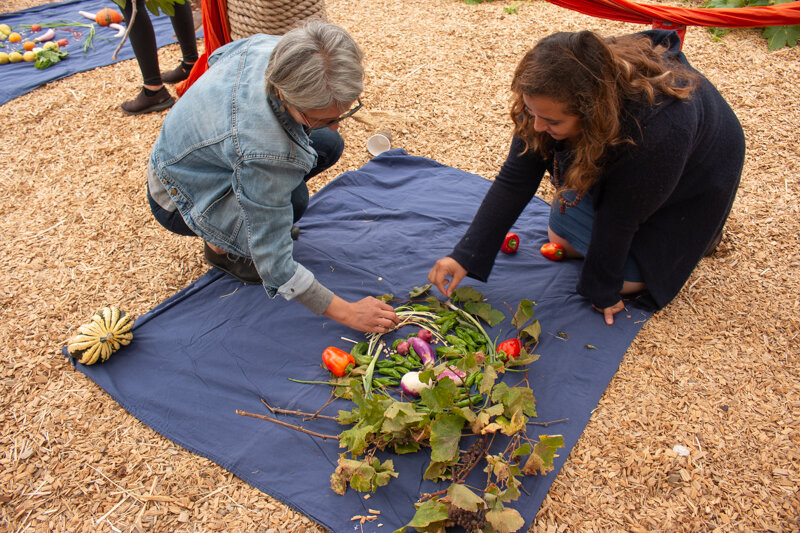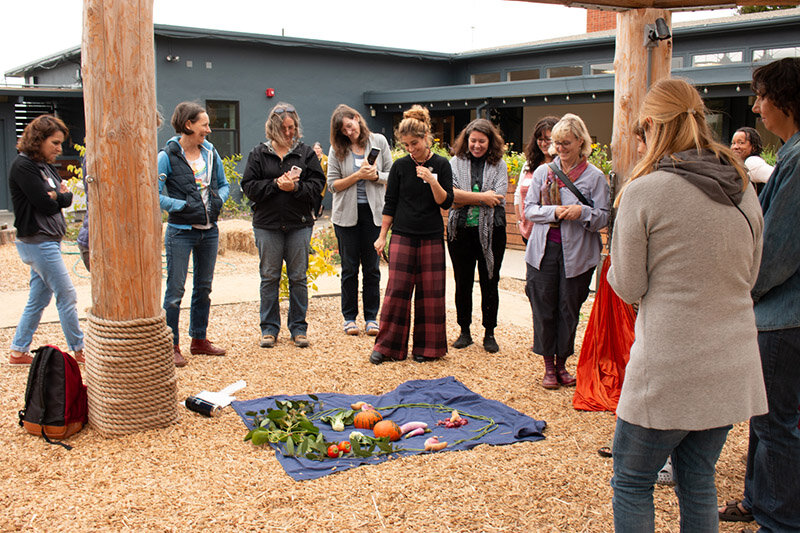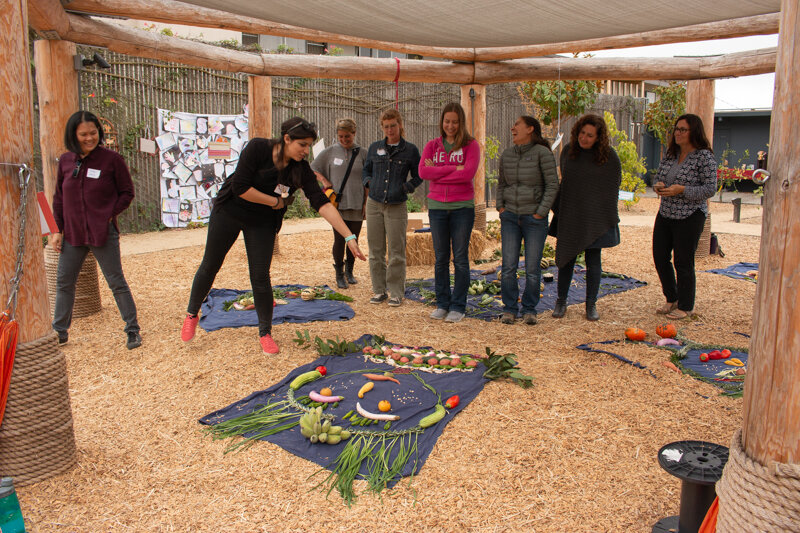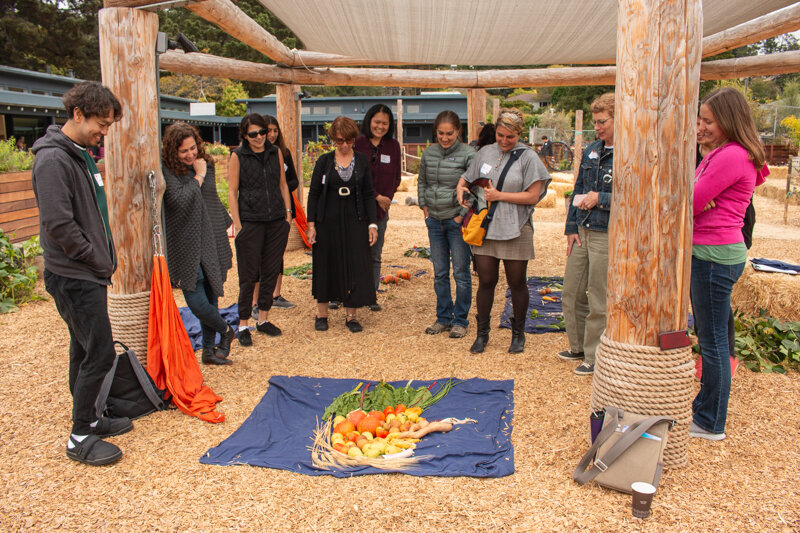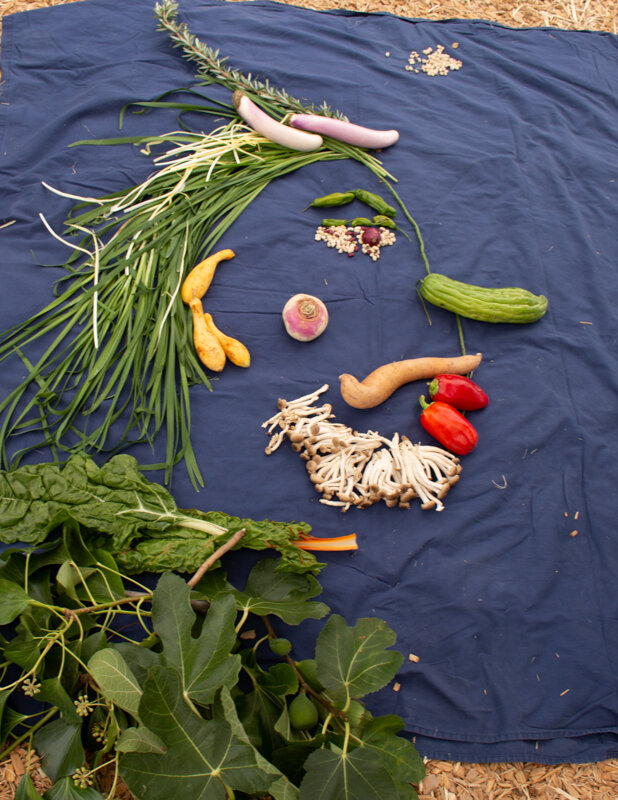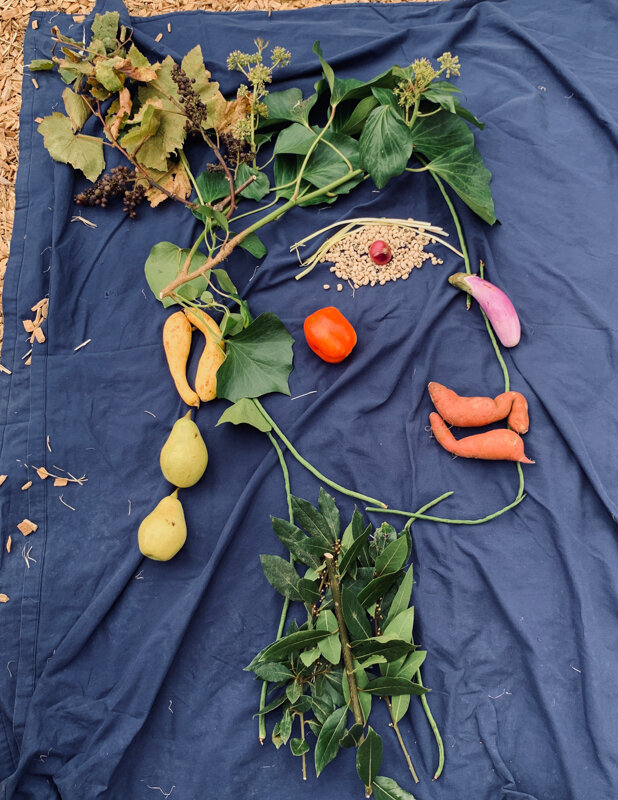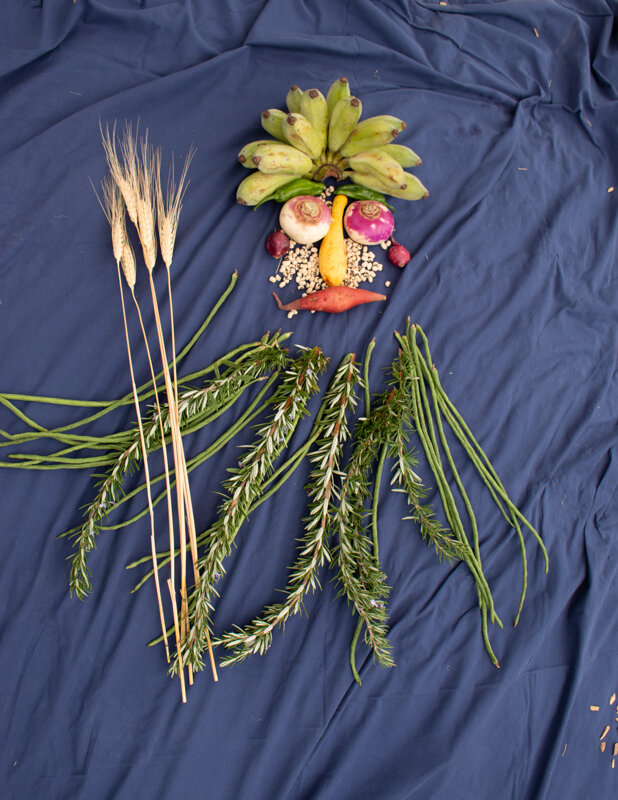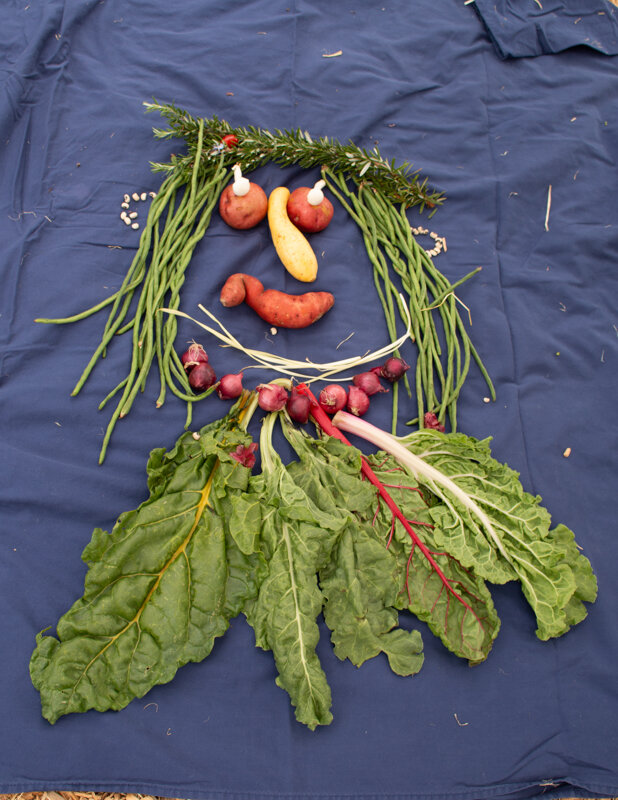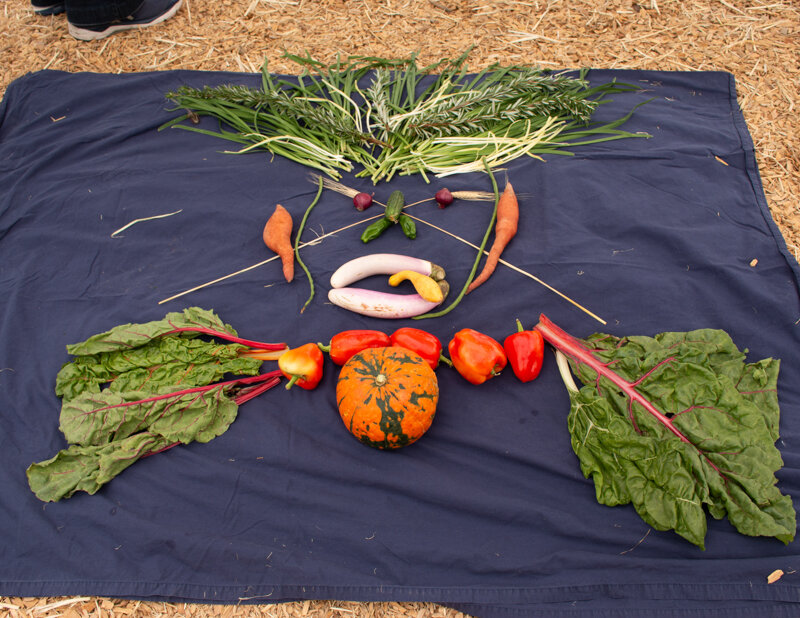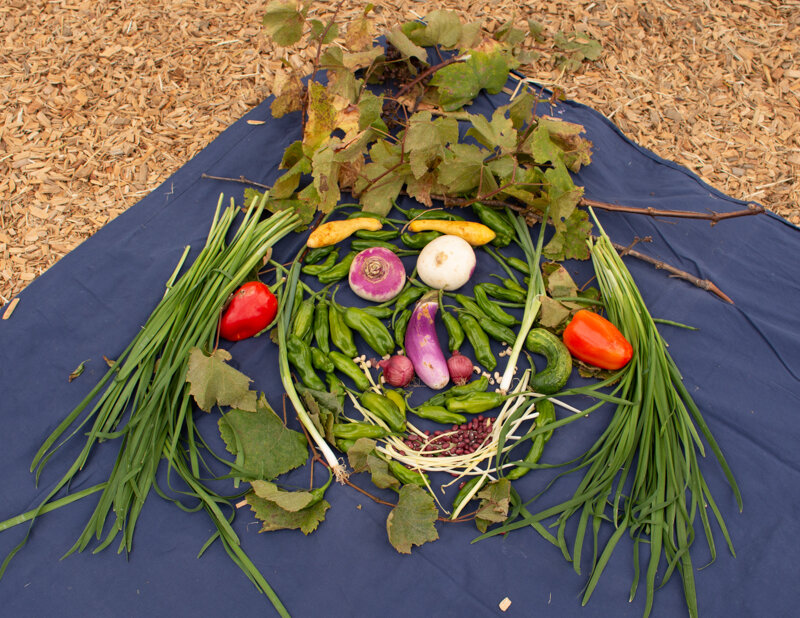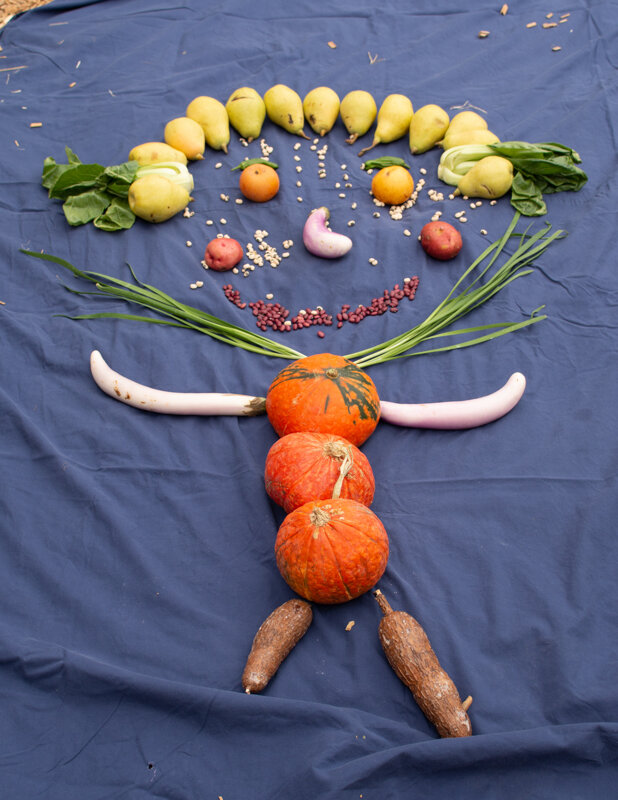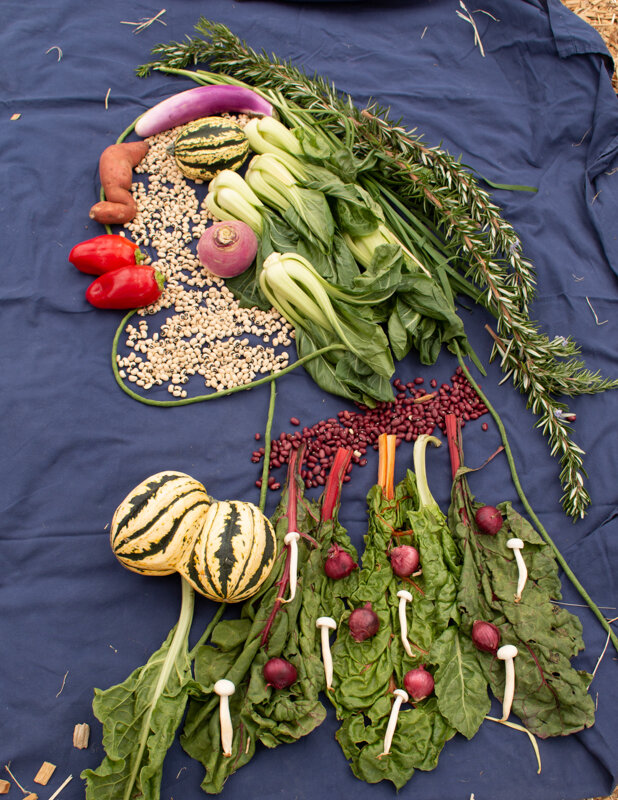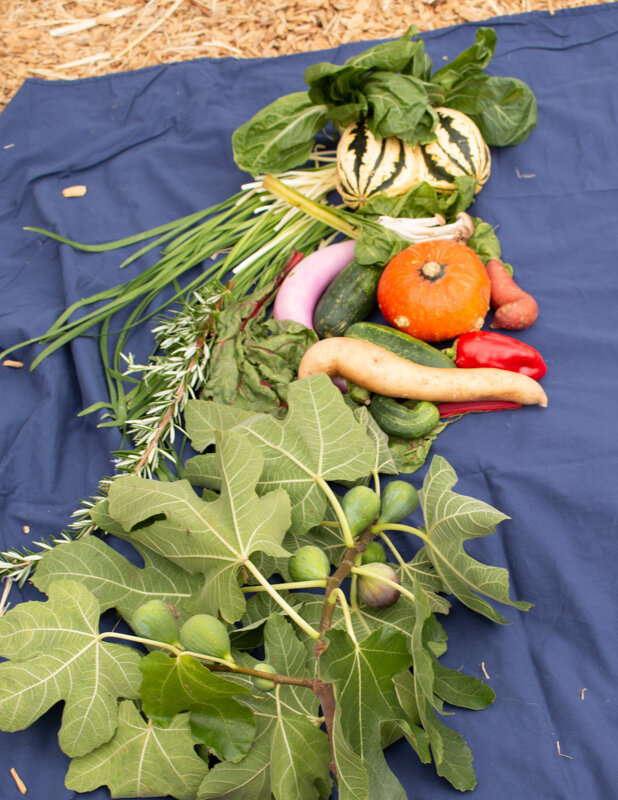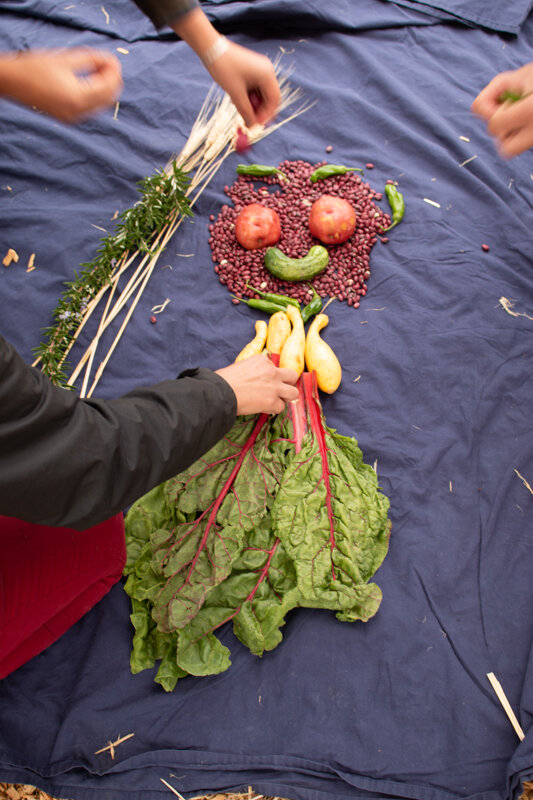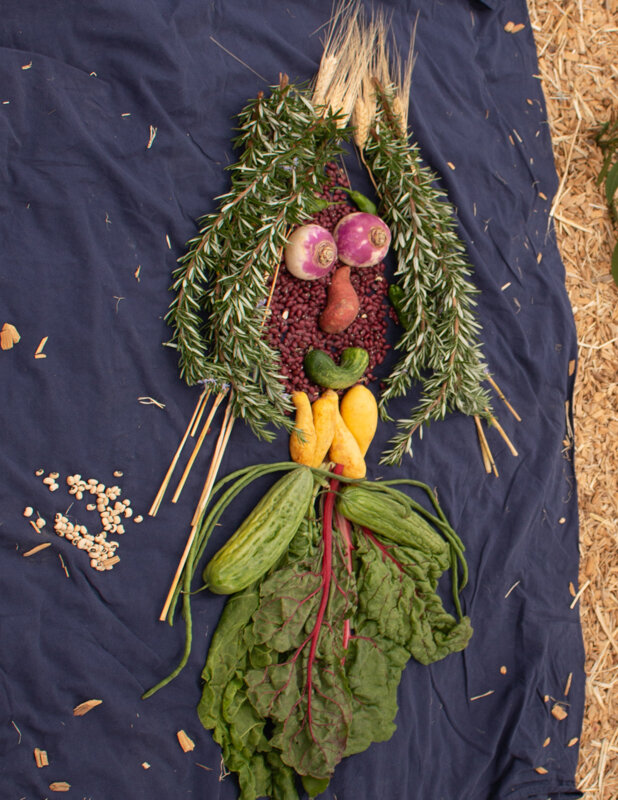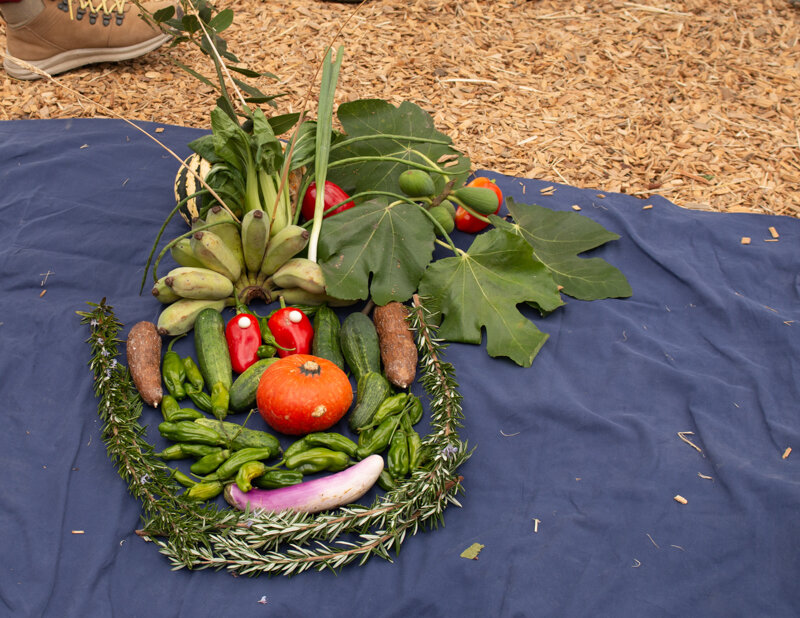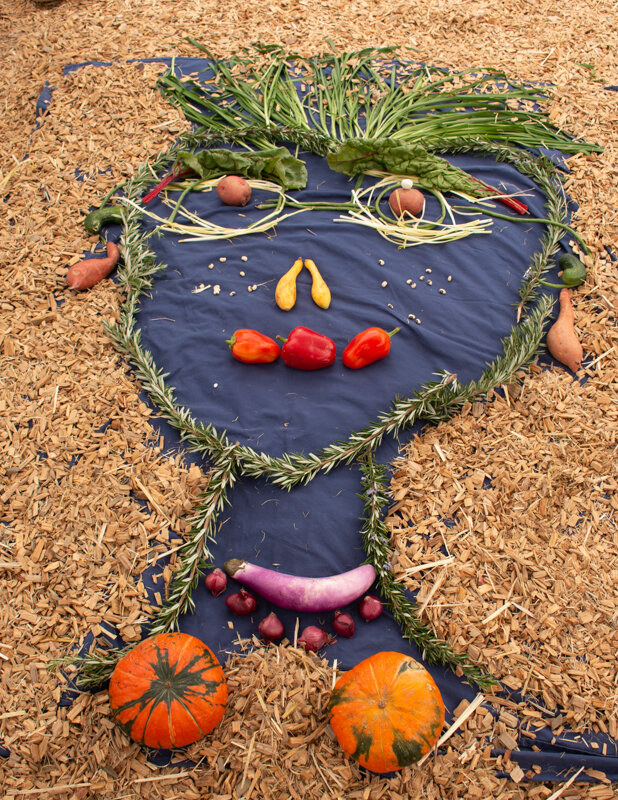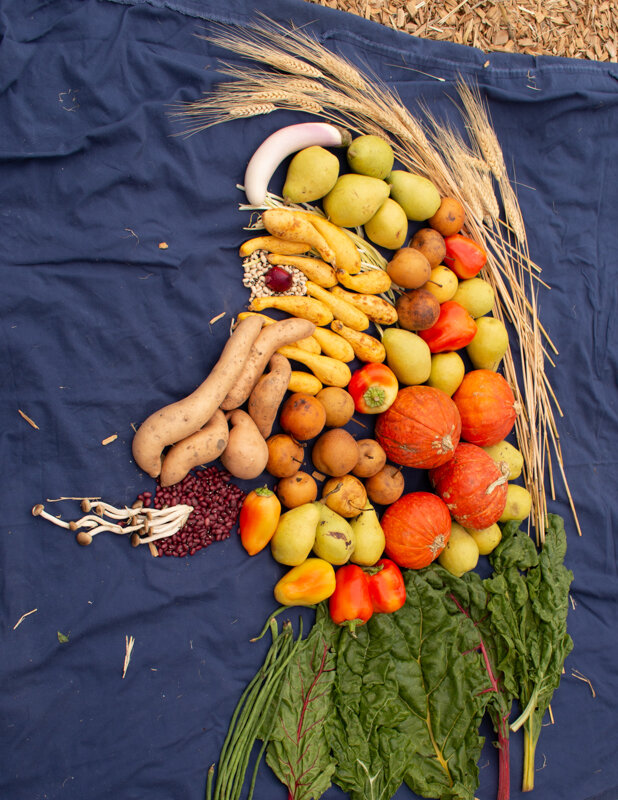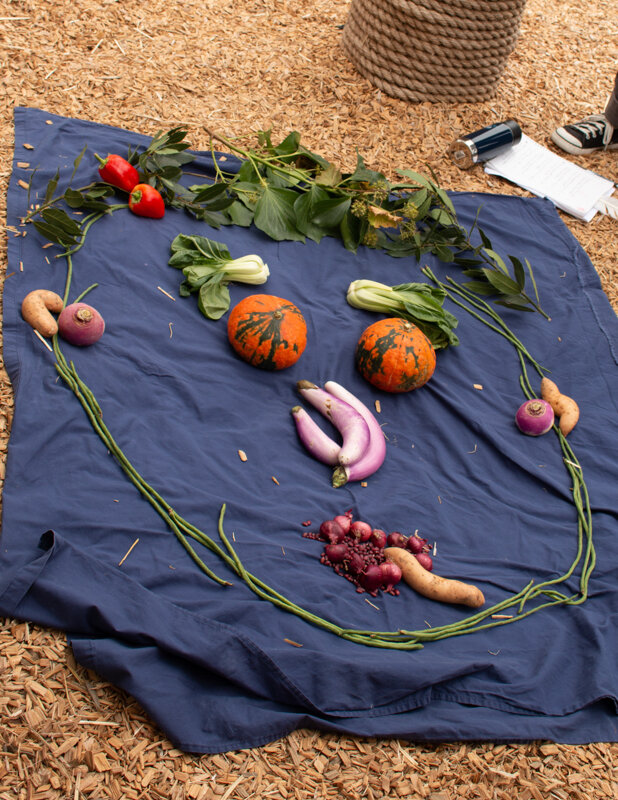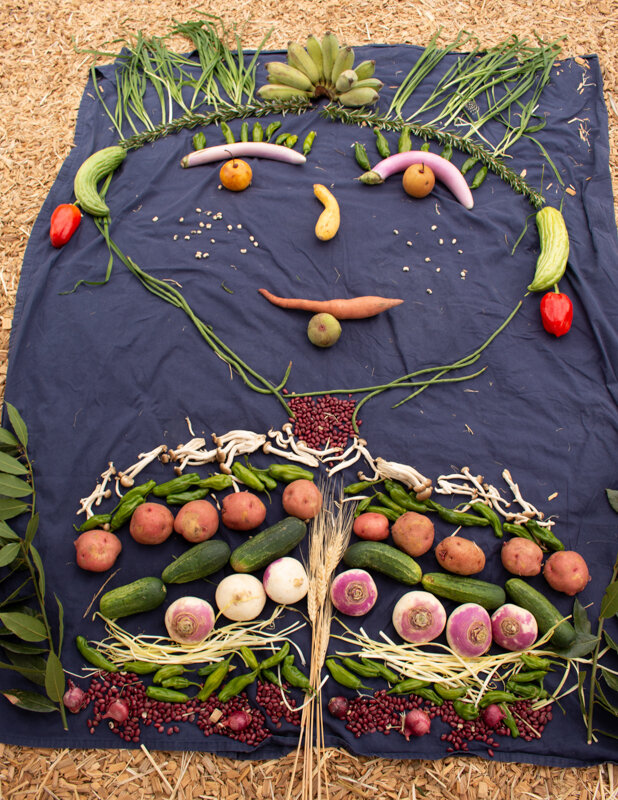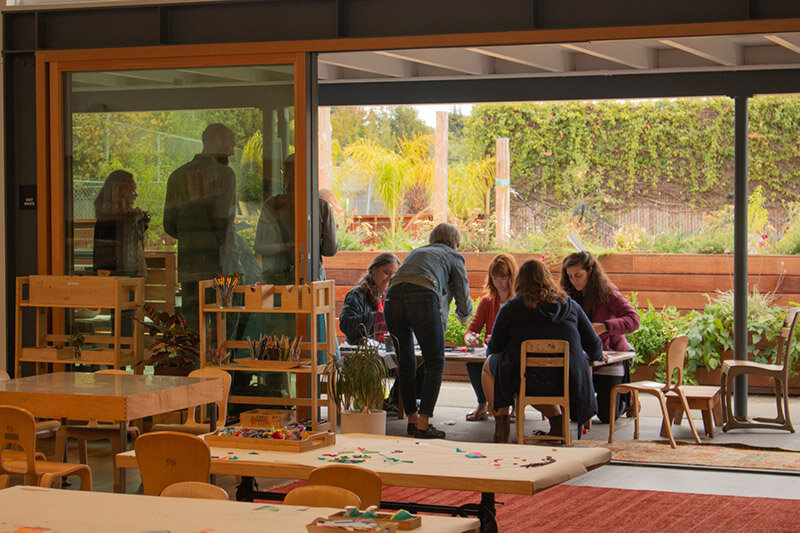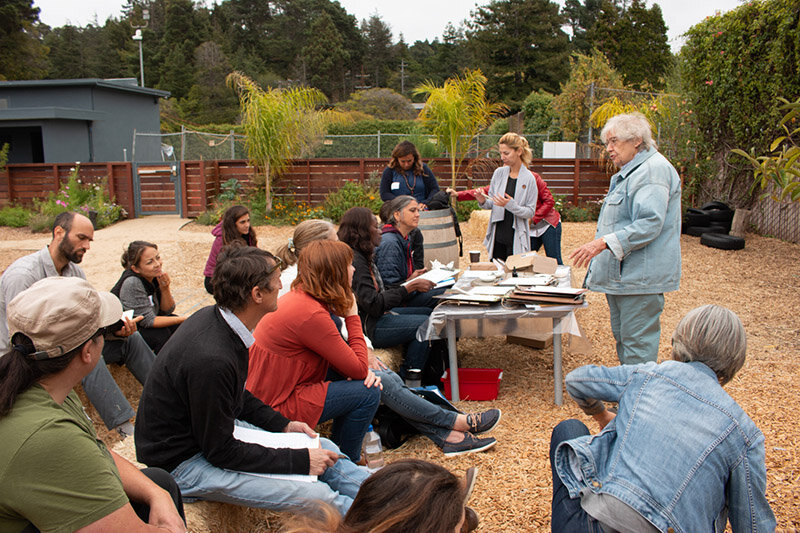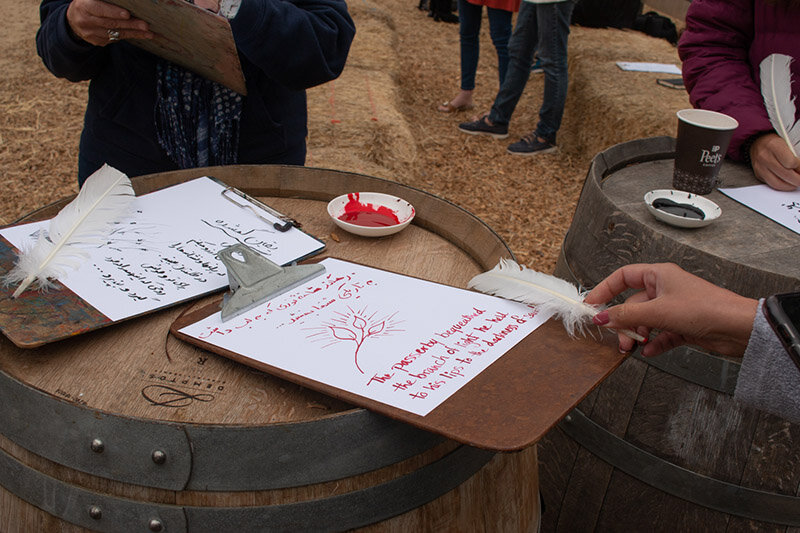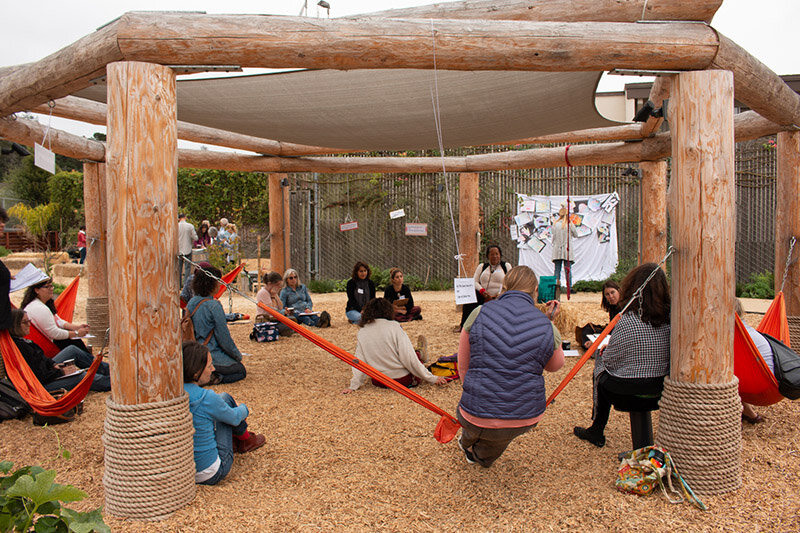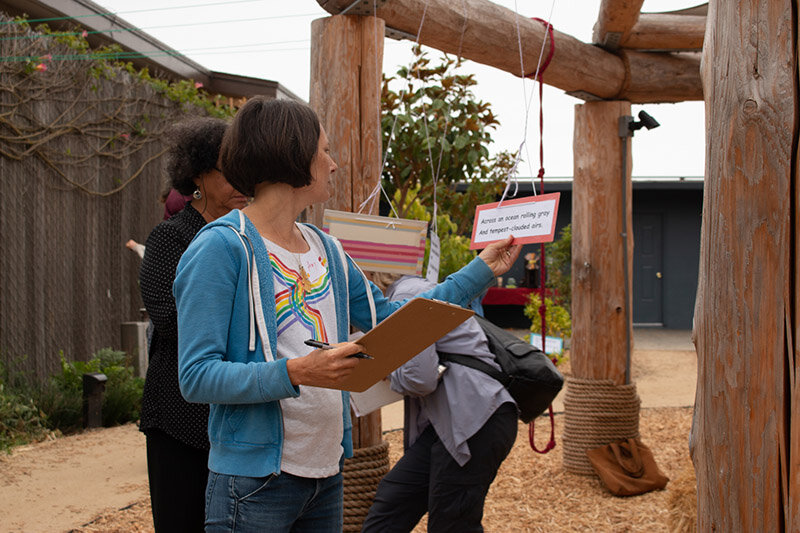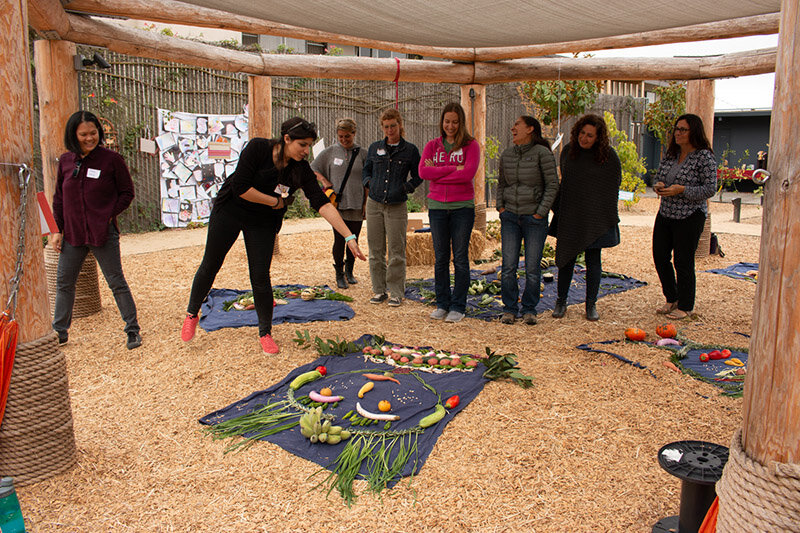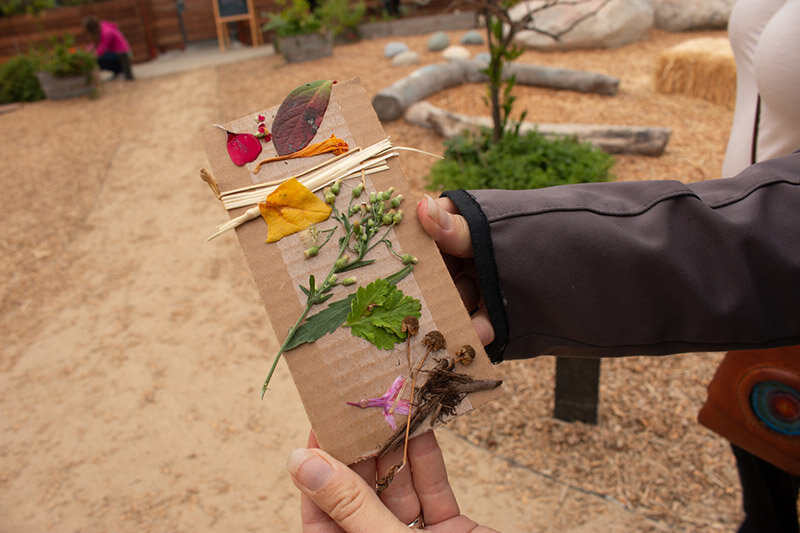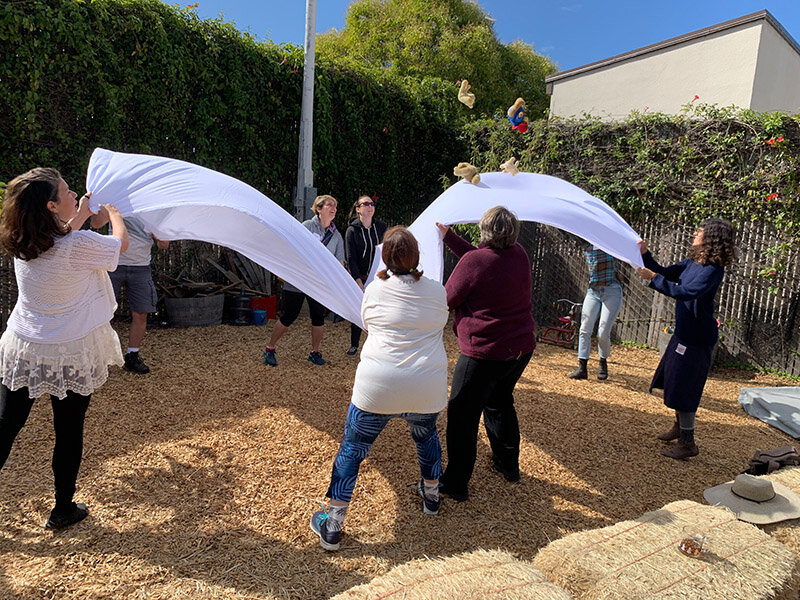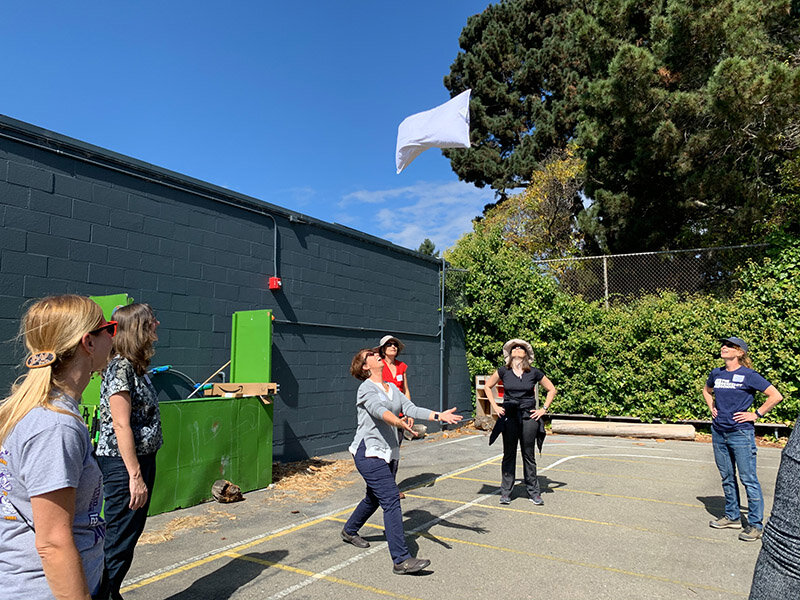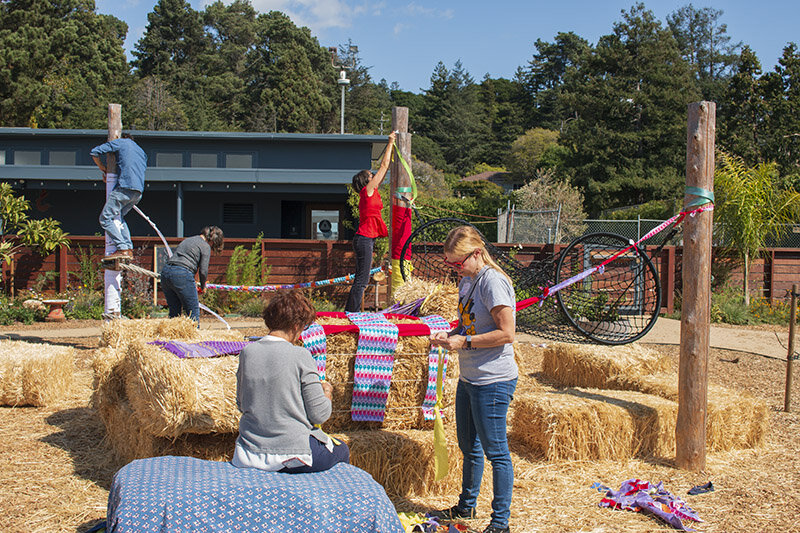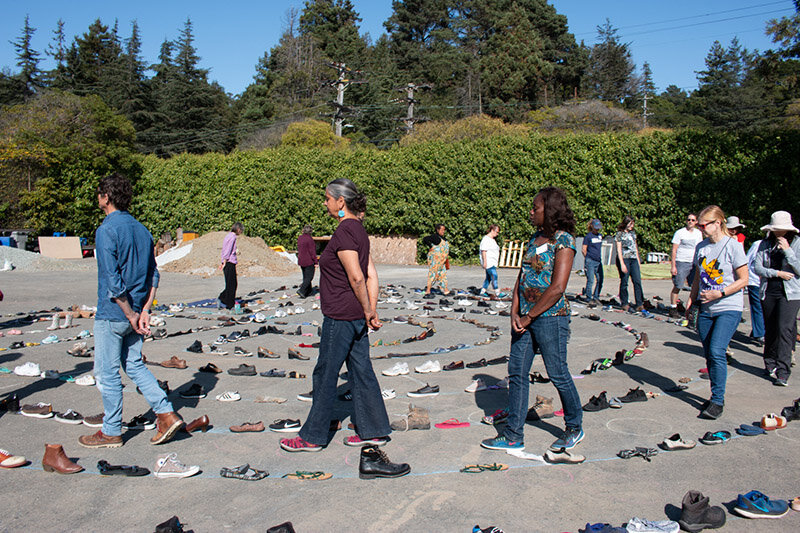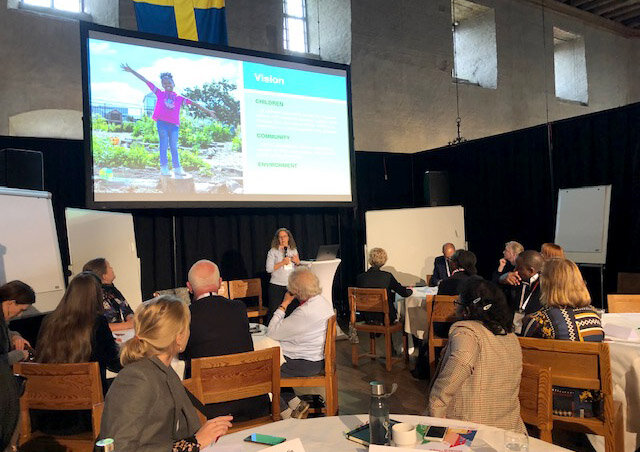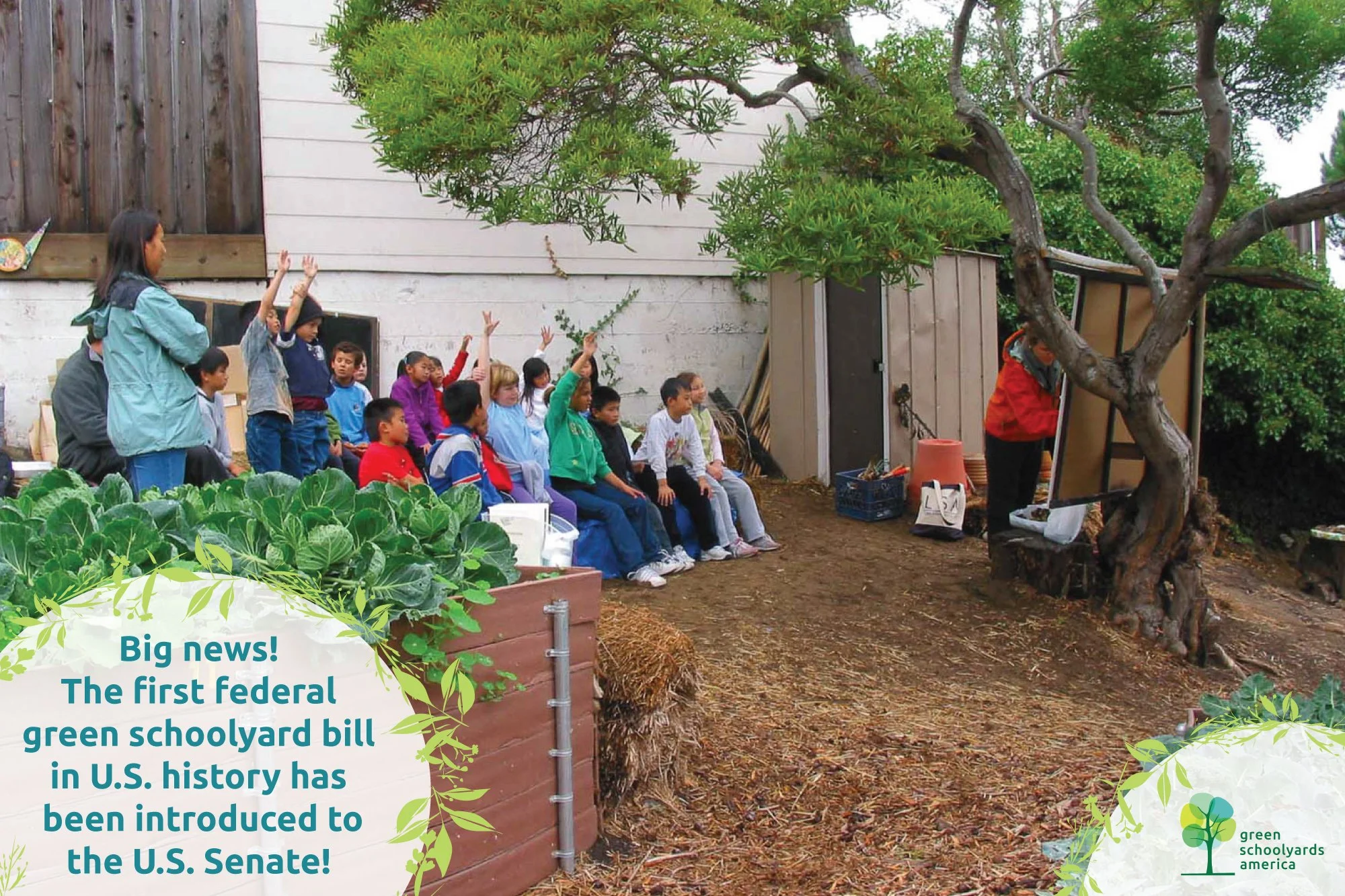This first exposure to a green schoolyard during graduate school—21 years ago—resonated with me on a personal level and sparked an ongoing professional interest that I have been exploring ever since. One question I’ve asked myself over the years is, “How can we engage more children in the natural world every day, and weave it into the spaces and places they already visit in their neighborhoods?” To me, school grounds are big part of the answer since they are the places that many children visit at least five days a week for 15 or more of the most formative years of their lives, as they move from preschool through high school, developing their world view and creating their place within it.
How can we make school grounds into rich, outdoor environments for all children? We need large scale changes to improve our school ground infrastructure, programming, and stewardship—and they are important, and require coordinated efforts to achieve. At the same time, there are also many things we can do right now, on any school ground, to improve and enrich children’s experiences every day. We have the power to start that transformation on our own patches of land at school, with our fellow community members.
Transforming school grounds is both physical—bringing nature back to our cities—and mental—changing the way we think about and use the new spaces we create and the environments we already have.
International School Grounds Month
During the month of May each year, Green Schoolyards America partners with the International School Grounds Alliance (ISGA) and other organizations to celebrate a “global schoolyard block party” of sorts, with students of all ages (pre-K - 12) and their communities. This annual May event is called International School Grounds Month and we’d like to invite you to join us for this global celebration of school grounds. It’s a perfect opportunity to use the outdoor environment you already have at your local school to its fullest, and can also be a chance to implement small changes to your grounds with the help of students and the community.
California adopted this school ground celebration in 2014, and calls their annual May event Living Schoolyard Month. In addition, Outdoor Classroom Day, started in 2017, is another global school ground event that is celebrated on two designated special days in May and November each year.

























